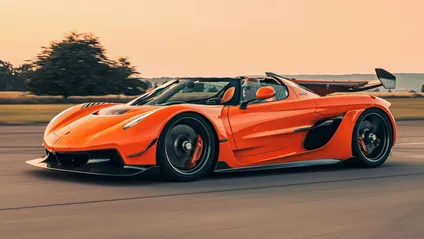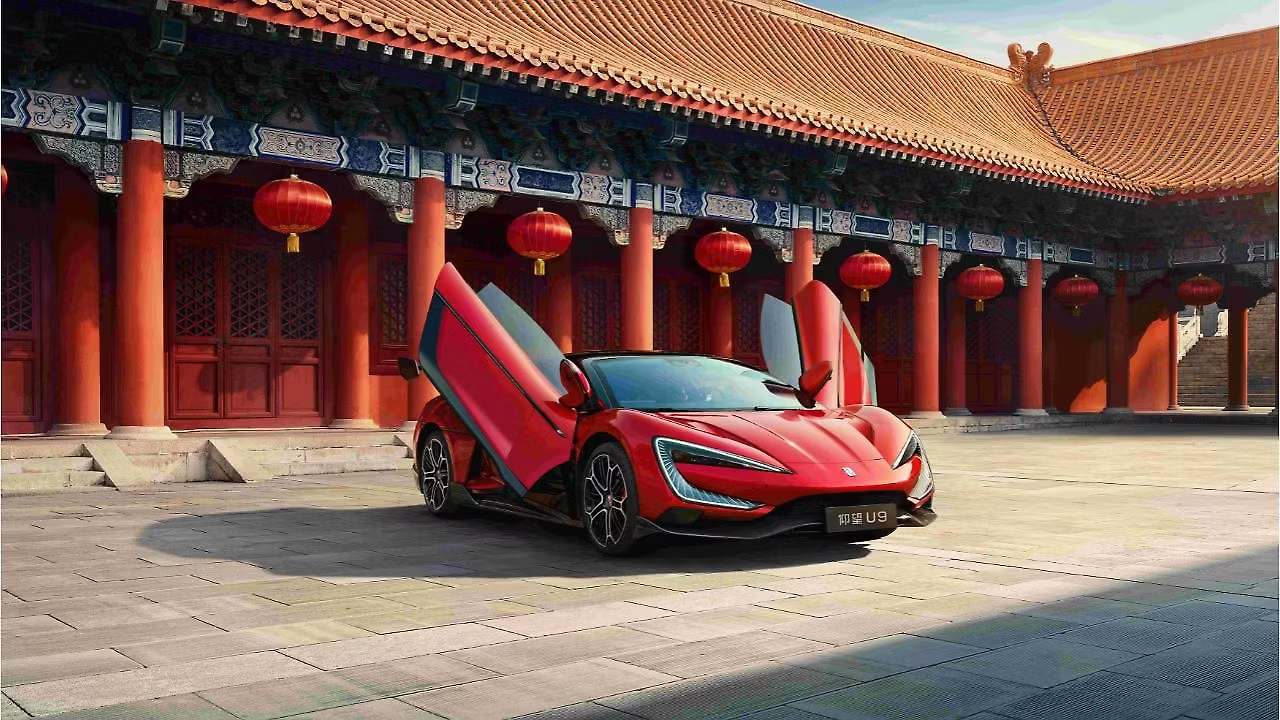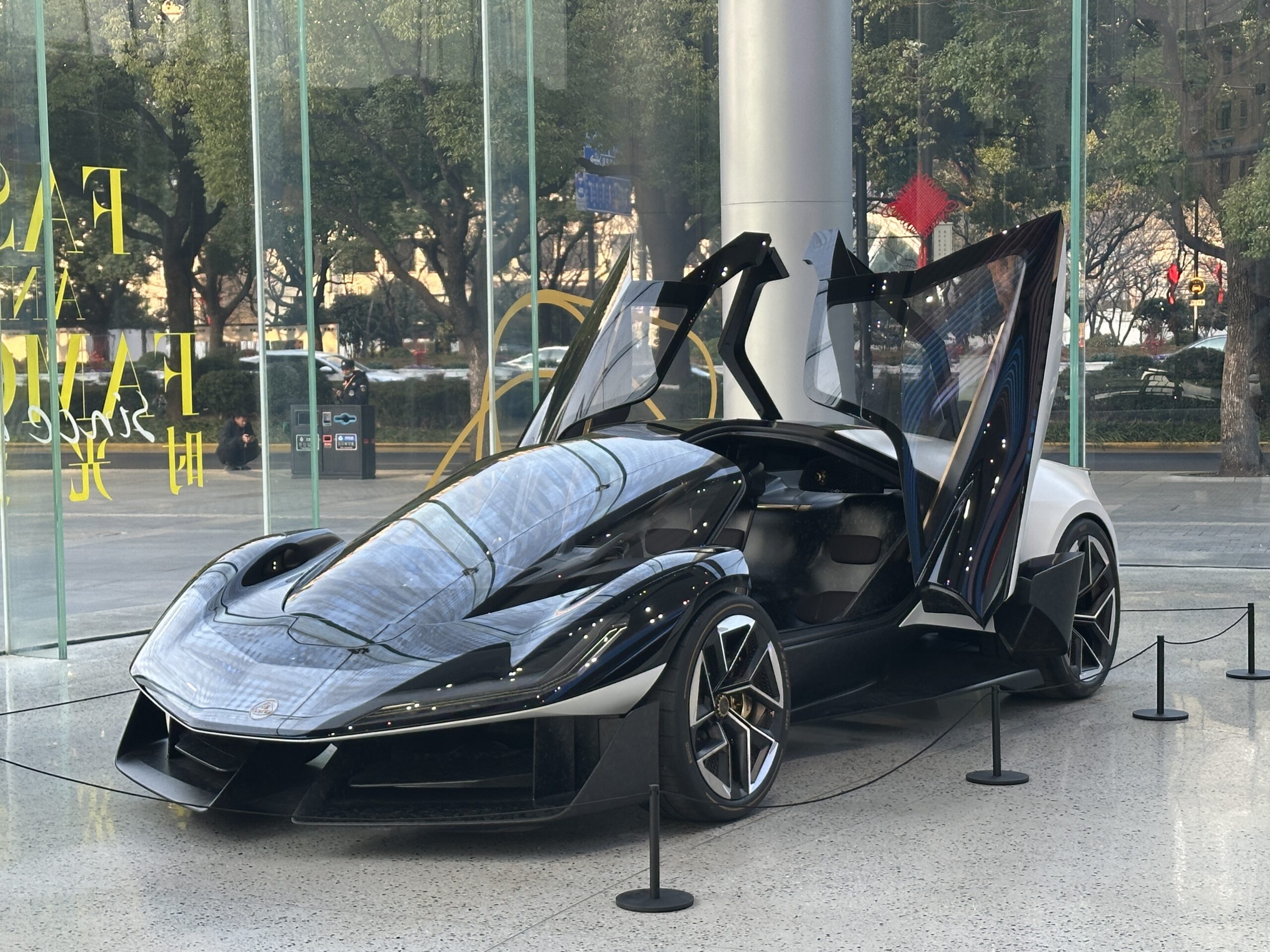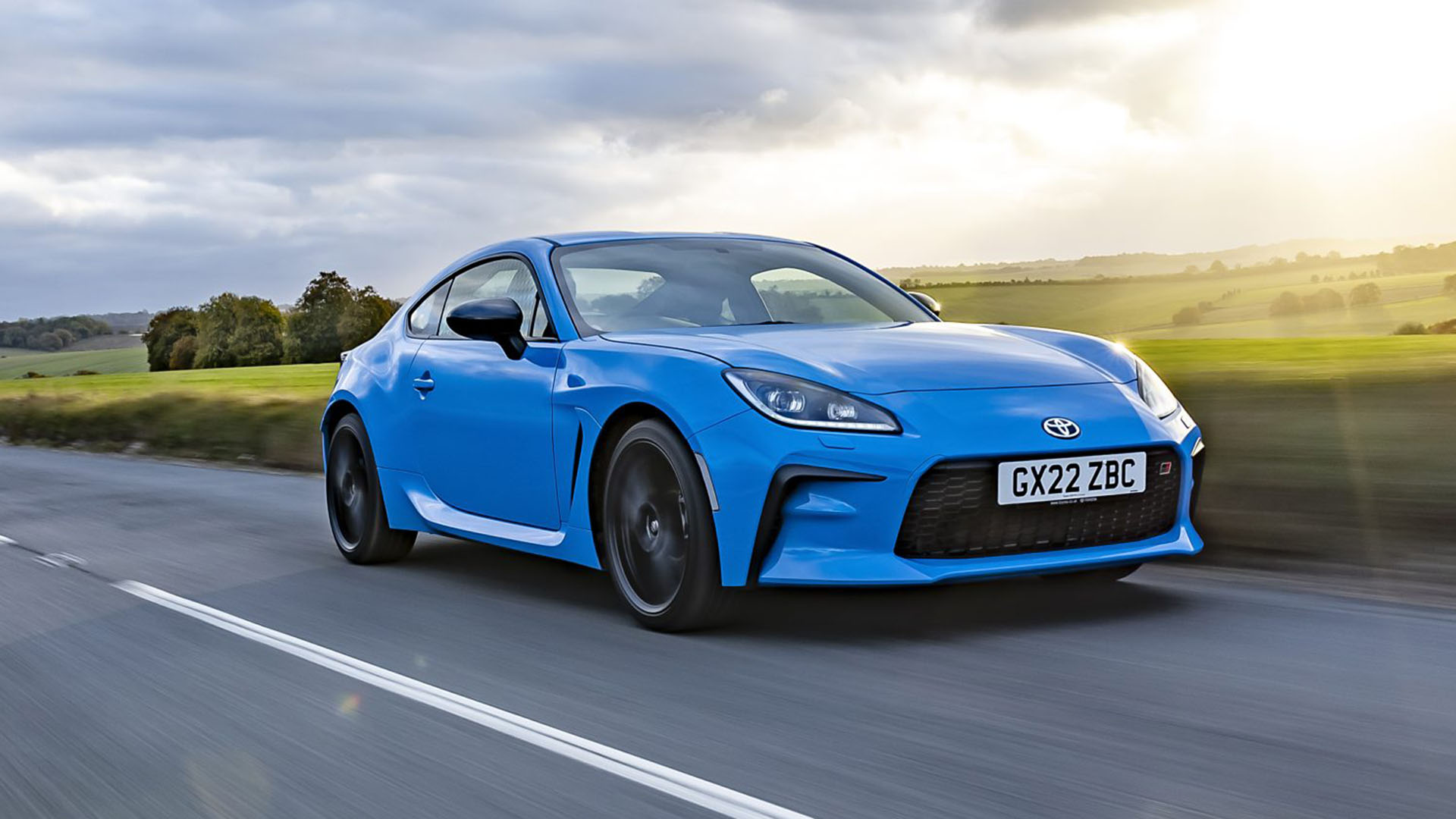Imagine the roar of an engine so powerful it feels like the earth trembles beneath you, the sleek silhouette of a car that looks like it’s ready to take flight, and a price tag that could buy a mansion. That’s the world of hypercars—a realm where engineering, art, and exclusivity collide. As a lifelong car enthusiast who’s spent countless hours drooling over automotive magazines and track days, I’ve always been fascinated by how cars are classified, especially the elusive hypercar. Let’s dive into the thrilling world of sports car classifications, focusing on what makes a hypercar the pinnacle of automotive achievement.
Understanding Sports Car Classifications
The automotive world loves its labels, and sports cars are no exception. From the nimble Mazda MX-5 to the jaw-dropping Bugatti Chiron, these vehicles are grouped into categories based on performance, materials, exclusivity, and price. The main classifications are sports cars, high-performance sports cars, supercars, and hypercars. Each tier ramps up the intensity, and hypercars sit at the top, like the rarest gem in a crown.
Why Classifications Matter
Classifications help enthusiasts, buyers, and manufacturers understand a car’s purpose and capabilities. They’re like a roadmap, guiding us through the spectrum of performance and luxury. Knowing the difference can help you decide whether you’re after a daily driver with a sporty edge or a track-dominating beast that costs more than a yacht.
What Is a Sports Car?
Sports cars are the entry point to this exhilarating world. Think of them as the fun, accessible cousins of their more extreme siblings. They prioritize driving dynamics—sharp handling, quick acceleration—over everyday practicality, but they’re still usable as daily drivers. Priced above $35,000, they’re built with materials like steel and aluminum to keep costs reasonable. Examples include the Toyota GR Supra and Chevrolet Camaro, which can hit 0-60 mph in under 6 seconds and top speeds over 150 mph. They’re the cars you’d take for a spirited weekend drive without breaking the bank.
Key Features of Sports Cars
- Performance: 0-60 mph in 4–6 seconds, top speeds around 150–180 mph.
- Materials: Steel and aluminum for cost efficiency.
- Price Range: Starts at $35,000, often affordable for enthusiasts.
- Examples: Ford Mustang, Mazda MX-5, Honda Civic Type R.
High-Performance Sports Cars: A Step Up
High-performance sports cars kick things up a notch. These are the cars you’d see tearing up a track day while still being able to handle the school run. They’re built for speed and agility, often with adaptive suspensions to balance ride quality and performance. Priced above $75,000, they use lightweight materials to shave off weight, and production is still relatively high-volume. Think Porsche 911 or Chevrolet Corvette—cars that hit 0-60 mph in under 5 seconds and top out above 165 mph.
Characteristics of High-Performance Sports Cars
- Performance: 0-60 mph in 3.5–5 seconds, top speeds over 165 mph.
- Materials: Lightweight alloys, but not as exotic as supercars.
- Price Range: Typically $75,000–$150,000.
- Examples: Audi R8, BMW M4, Porsche 911 GT3.
Supercars: The Elite Performers
Supercars are where things get serious. These machines are designed for jaw-dropping performance, often requiring a racetrack to unleash their full potential. Built with lightweight composites like carbon fiber, they’re produced in limited runs—think fewer than 1,500 units. Supercars like the Ferrari F8 Tributo or Lamborghini Aventador boast 0-60 mph times under 3.5 seconds and top speeds exceeding 200 mph. Priced above $200,000, they’re not daily drivers but weekend warriors for those with deep pockets.
Defining Traits of Supercars
- Performance: 0-60 mph in 2.5–3.5 seconds, top speeds over 200 mph.
- Materials: Carbon fiber and lightweight alloys for reduced weight.
- Exclusivity: Limited production, often under 1,500 units.
- Examples: McLaren 765LT, Ferrari 488 GTB, Lamborghini Huracan.
Hypercars: The Pinnacle of Performance
Now, let’s talk hypercars—the automotive equivalent of a fighter jet. Hypercars are the rarest, most extreme vehicles on the planet, pushing the boundaries of what’s possible in engineering and design. They’re not just cars; they’re rolling works of art, built with exotic materials like carbon-titanium composites and hand-assembled with surgical precision. With power outputs often exceeding 1,000 horsepower, hypercars like the Bugatti Chiron or Koenigsegg Jesko can hit 0-60 mph in under 3 seconds and top speeds north of 250 mph. Priced above $1 million, they’re reserved for the ultra-wealthy, with production often capped at fewer than 100 units.
What Makes a Hypercar Unique?
- Extreme Performance: Over 1,000 horsepower, 0-60 mph in under 3 seconds, top speeds above 250 mph.
- Exotic Materials: Carbon fiber, titanium, and other high-tech composites.
- Ultra-Exclusivity: Production often limited to 50–100 units.
- Examples: Bugatti Chiron, Pagani Huayra, Rimac Nevera.
The Birth of the Hypercar
The term “hypercar” is relatively new, with most experts pointing to the 2005 Bugatti Veyron as the first true hypercar, though some argue the McLaren F1 from the 1990s deserves the title. The Veyron redefined what a road car could do, with its 1,001-horsepower W16 engine and a top speed of 253 mph. It wasn’t just fast—it was a technological marvel, blending luxury with race-car performance. Since then, the hypercar category has exploded, with manufacturers like Koenigsegg, Pagani, and Rimac pushing the envelope further, especially with hybrid and electric powertrains.
Comparing Sports Cars, Supercars, and Hypercars
To understand hypercars better, let’s break down how they stack up against their cousins.
| Category | Performance (0-60 mph) | Top Speed | Price Range | Production Volume | Materials |
|---|---|---|---|---|---|
| Sports Car | 4–6 seconds | 150–180 mph | $35,000–$75,000 | High (demand-driven) | Steel, aluminum |
| High-Performance Sports Car | 3.5–5 seconds | 165–200 mph | $75,000–$150,000 | Moderate | Lightweight alloys |
| Supercar | 2.5–3.5 seconds | 200–220 mph | $200,000–$500,000 | Low (<1,500 units) | Carbon fiber, composites |
| Hypercar | <3 seconds | 250+ mph | $1,000,000+ | Ultra-low (<100 units) | Exotic composites (carbon-titanium) |
Pros and Cons of Hypercars
Pros:
- Unmatched performance: Mind-blowing acceleration and top speeds.
- Cutting-edge technology: Hybrid systems, active aerodynamics, and more.
- Exclusivity: Owning one is like joining an elite club.
- Investment potential: Many hypercars appreciate in value.
Cons:
- Astronomical cost: Prices often exceed $1 million, plus maintenance.
- Impracticality: Not suited for daily driving or even most roads.
- Limited availability: You might need connections to even buy one.
- High maintenance: Specialized parts and service are costly.
The Hypercar Experience: A Personal Touch
I’ll never forget the first time I saw a hypercar in person—a Pagani Huayra at a car show. It wasn’t just a car; it was a sculpture, with every curve and vent screaming precision. The sound of its V12 engine firing up felt like a punch to the chest. Talking to the owner, a collector who’d waited years to secure one of the 100 units, I realized hypercars aren’t just about speed—they’re about passion, rarity, and the pursuit of perfection. That moment cemented my love for these machines, and I’ve been chasing that feeling ever since.
Why Hypercars Matter
Hypercars aren’t just vehicles; they’re showcases of human ingenuity. They push manufacturers to innovate, from hybrid powertrains in the Porsche 918 to the all-electric might of the Rimac Nevera. These advancements often trickle down to more affordable cars, improving safety and efficiency for everyone. Plus, let’s be honest—they’re just plain cool, sparking dreams in car lovers like me who grew up with posters of Lamborghinis on their walls.
People Also Ask (PAA)
Here are some common questions about hypercars, pulled straight from Google’s “People Also Ask” section, with concise answers to satisfy your curiosity.
What Qualifies a Car as a Hypercar?
A hypercar is defined by extreme performance (over 1,000 horsepower, 0-60 mph under 3 seconds, top speeds above 250 mph), exotic materials like carbon-titanium, ultra-limited production (often under 100 units), and a price tag exceeding $1 million. Think Bugatti Chiron or Koenigsegg Jesko—cars that redefine what’s possible.
What’s the Difference Between a Supercar and a Hypercar?
Supercars offer high performance (500–750 horsepower, 0-60 mph in 2.5–3.5 seconds) and are produced in limited runs (under 1,500 units), while hypercars take it further with over 1,000 horsepower, top speeds above 250 mph, and production often capped at 100 units or fewer. Hypercars are rarer, more expensive, and technologically advanced.
Are Hypercars Street Legal?
Most hypercars, like the Bugatti Chiron or Pagani Huayra, are street-legal, meeting strict regulations for emissions, safety, and noise. However, their extreme performance makes them impractical for daily use, and some, like the Aston Martin Vulcan, are track-only due to their uncompromising design.
What Is the Fastest Hypercar in 2025?
As of 2025, the SSC Tuatara holds the record for the fastest production hypercar, with a verified top speed of 295 mph. Close contenders include the Bugatti Chiron Super Sport 300+ (304.77 mph, though not officially verified) and the Koenigsegg Jesko Absolut, designed to chase 300+ mph.
Where to Experience Hypercars
Want to see a hypercar up close? Here are some top spots:
- Car Shows: Events like the Geneva Motor Show or Pebble Beach Concours d’Elegance often showcase hypercars.
- Museums: The Petersen Automotive Museum in Los Angeles has a hypercar exhibit featuring icons like the Bugatti Veyron.
- Track Days: Some companies, like Xtreme Xperience, offer hypercar driving experiences at racetracks (check xtremexperience.com).
- Dealerships: Exclusive dealers like Miller Motorcars in Connecticut often have hypercars on display or for sale.
Best Tools for Hypercar Enthusiasts
If you’re obsessed with hypercars like I am, here are some tools to fuel your passion:
- SupercarTribe App: Tracks hypercar news, specs, and sightings (available on iOS/Android).
- Car and Driver Subscription: Offers in-depth reviews and comparisons of high-performance cars (caranddriver.com).
- Forza Horizon 5: A video game with hypercars like the Rimac Nevera for virtual thrills (available on Xbox/PC).
- Hypercar.info: A dedicated site for hypercar specs and history (hypercar.info).
FAQ Section
1. How much does a hypercar cost?
Hypercars typically start at $1 million and can exceed $3 million, depending on customization and rarity. For example, the Bugatti La Voiture Noire sold for nearly $19 million, making it one of the most expensive cars ever.
2. Can anyone buy a hypercar?
Not always. Manufacturers like Bugatti and Pagani often require buyers to have a relationship with the brand or a history of owning their cars. Production is limited, so even if you have the money, you might need connections or an invitation.
3. Are hypercars a good investment?
Many hypercars appreciate in value due to their rarity and demand. For instance, the McLaren F1, originally priced at $800,000, now fetches over $20 million at auctions. However, maintenance costs and market fluctuations are risks to consider.
4. What’s the difference between a hypercar and a megacar?
A megacar is a subset of hypercars with over 1 megawatt (1,340 horsepower) of power, like the Koenigsegg One:1 or Rimac Nevera. All megacars are hypercars, but not all hypercars meet the megacar power threshold.
5. Are electric cars considered hypercars?
Yes, electric cars like the Lotus Evija (1,972 horsepower) and Rimac Nevera (1,914 horsepower) are hypercars, thanks to their extreme performance, limited production, and cutting-edge tech. Electrification is reshaping the hypercar landscape.
Final Thoughts
Hypercars are more than just cars—they’re dreams on wheels, blending art, engineering, and exclusivity into something truly extraordinary. From the accessible thrill of a sports car to the mind-bending performance of a hypercar like the Bugatti Chiron, each category offers something unique. Whether you’re a gearhead dreaming of owning a Pagani or just love the idea of pushing limits, hypercars remind us what’s possible when passion meets innovation. So, next time you see one, take a moment to appreciate the masterpiece—and maybe start saving those pennies.



